The 56,000-acre Loisaba Conservancy in central Kenya is being managed sustainably to conserve wildlife habitats and benefit local communities through jobs in ecotourism, improved schools, healthcare clinics and managed grazing access.
Loisaba is home to a large elephant population, a stable lion population and an abundance of other wildlife. The conservancy employs about 200 people from local communities in jobs such as ecotourism and ranching.
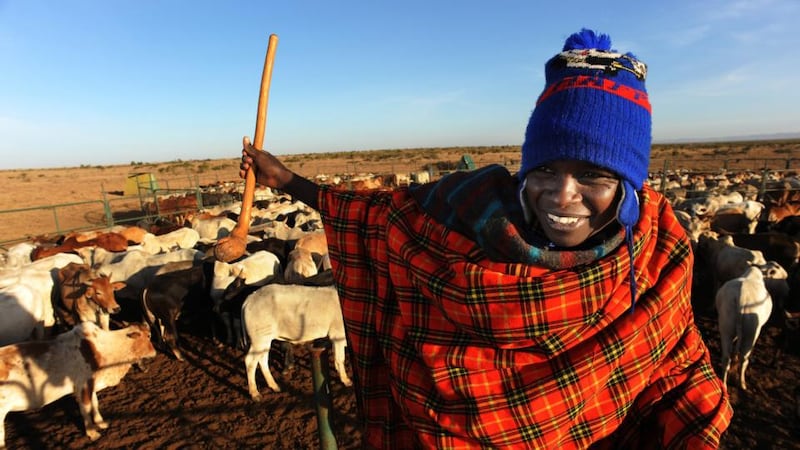
0 of 8
For thousands of years herders have shared Kenyan grasslands with elephant, zebra, giraffe, rhino and other wildlife, humans and animals coexisting in a relatively stable environment. However, in recent years this has changed due to poor access to markets.
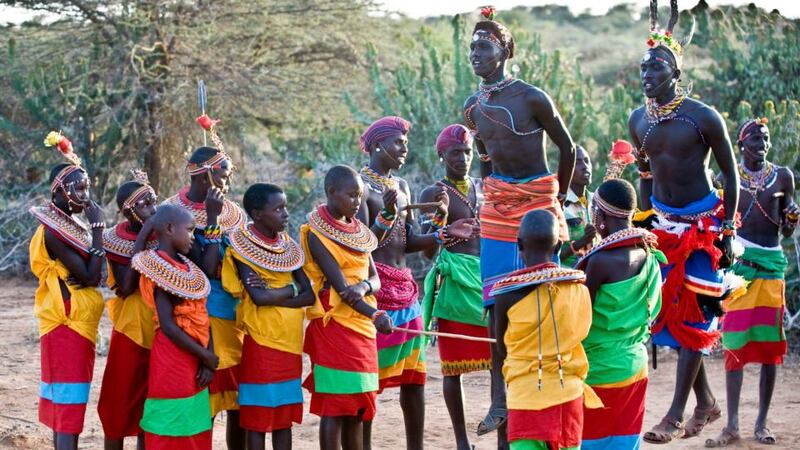
A growing number of pastoralists have excessively large herds, which overgraze causing conflict in communities and restricting wildlife grazing. A particular concern is ensuring that elephants are not seen as competition to livestock farmers rearing larger herds to feed an increasing population.
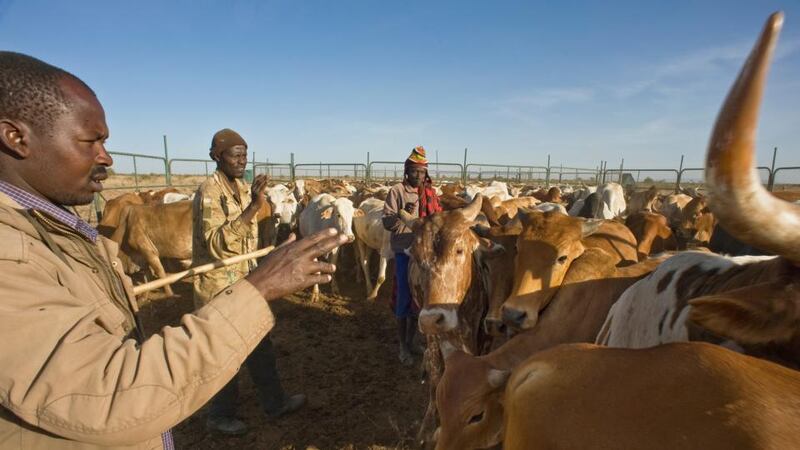
Co-operation
Loisaba’s response to these issues is the Livestock to Market programme. With financial backing and support from the Nature Conservancy, a US charity, Loisaba buys farmers’ cattle, fattens them up and sells them directly to butchers at a better price, thereby cutting out the middlemen.
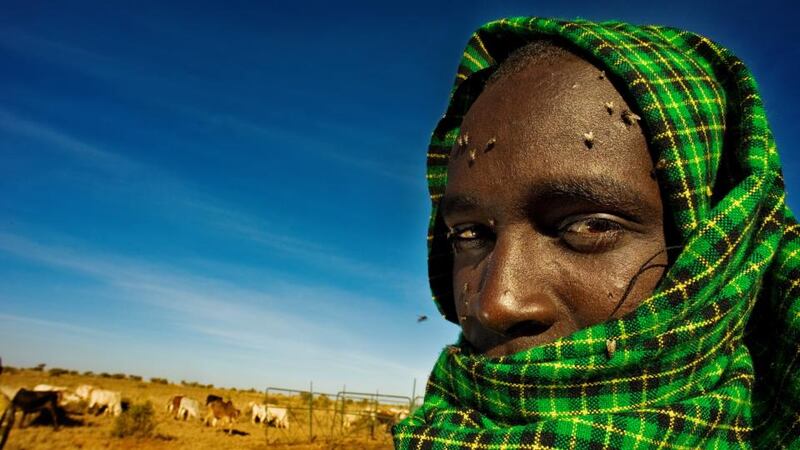
Profits are shared between the conservancy and the farmers – two parties who might otherwise fight over territory, the key being that they both co-own the benefits of conservation.
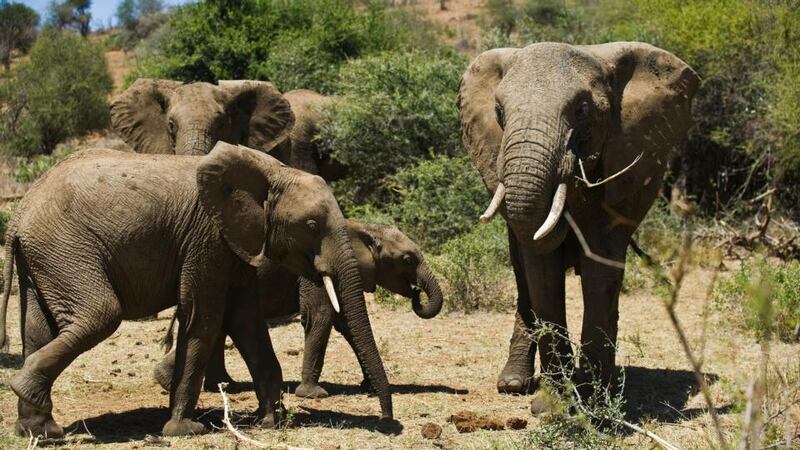
The programme at Loisaba is making it a self-sustaining model for a peaceful community development and wildlife conservation. It is an innovative example of how Africa can preserve its heritage and create economic opportunities for local communities.
This photo feature was supported by a grant from the Simon Cumbers Media Fund



























